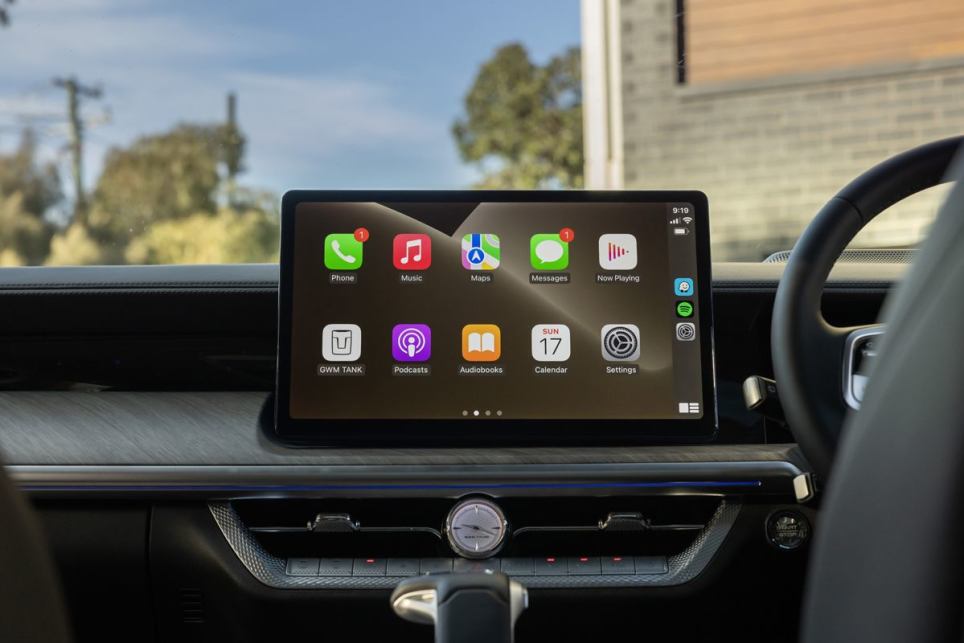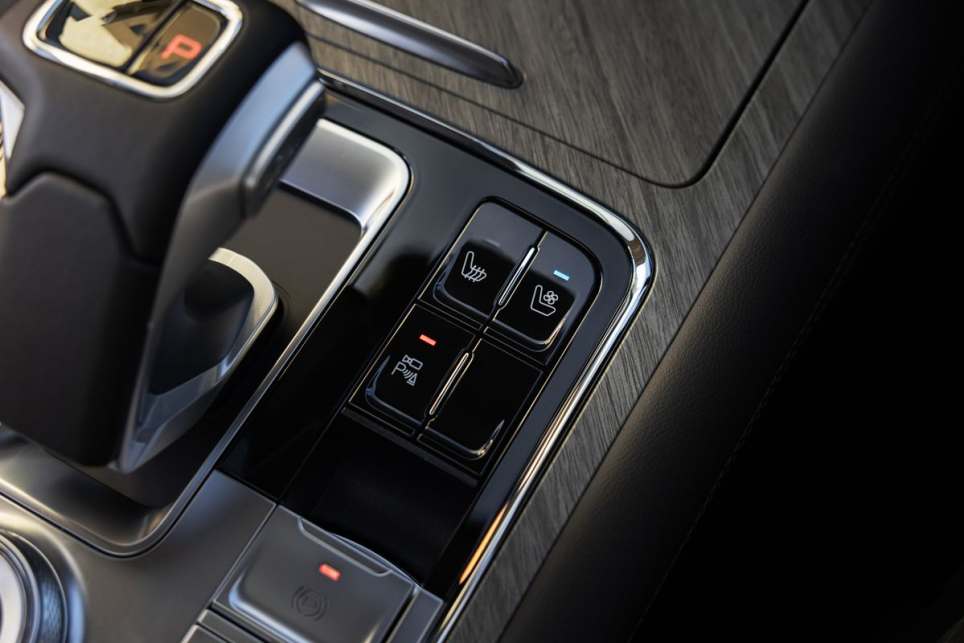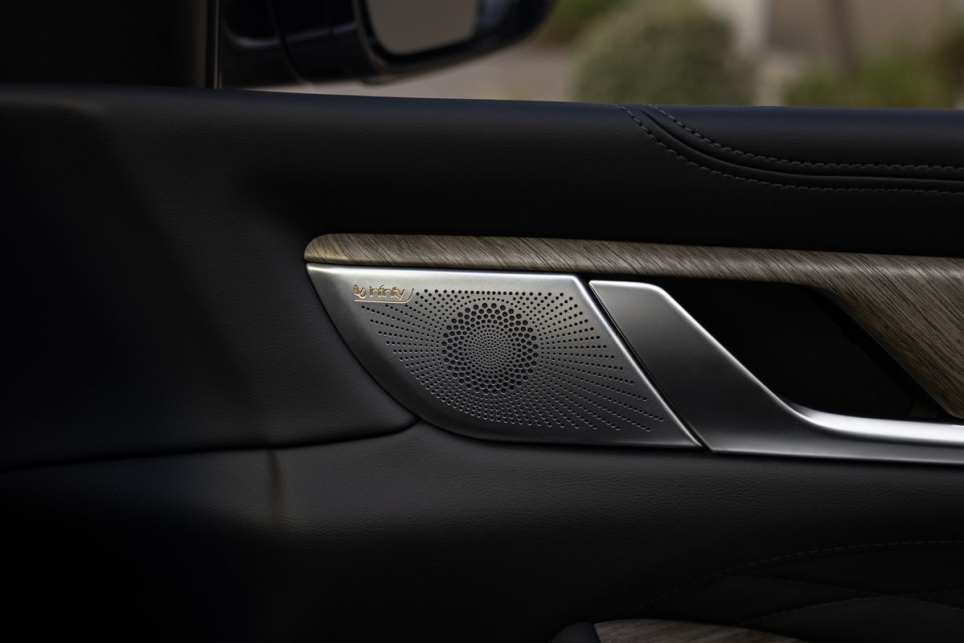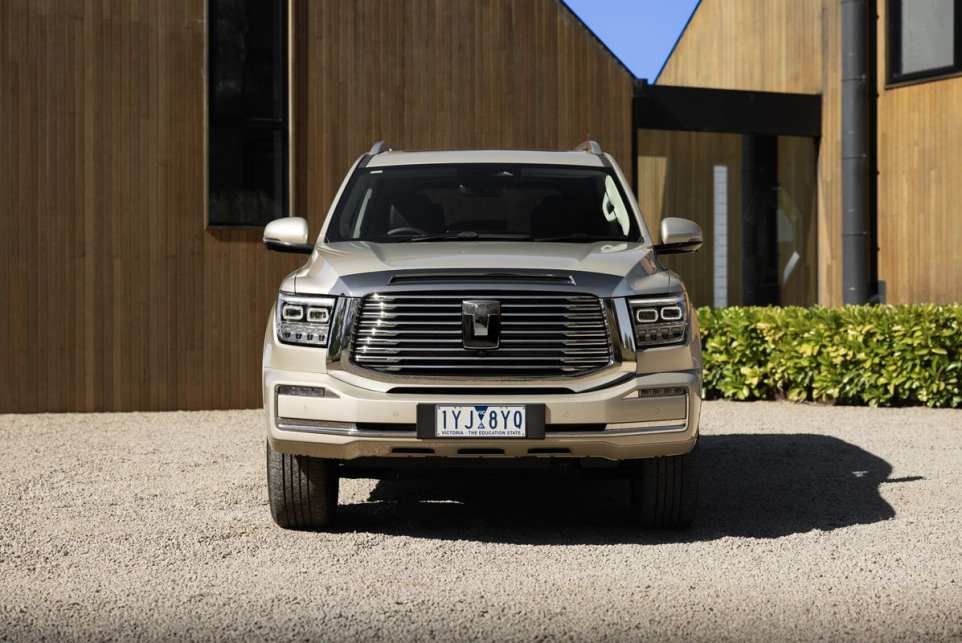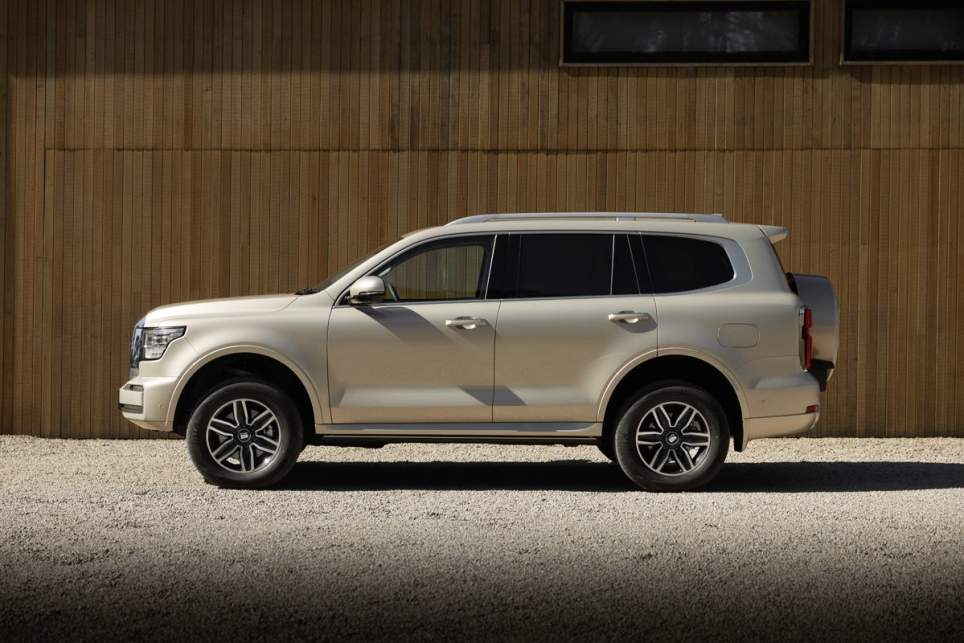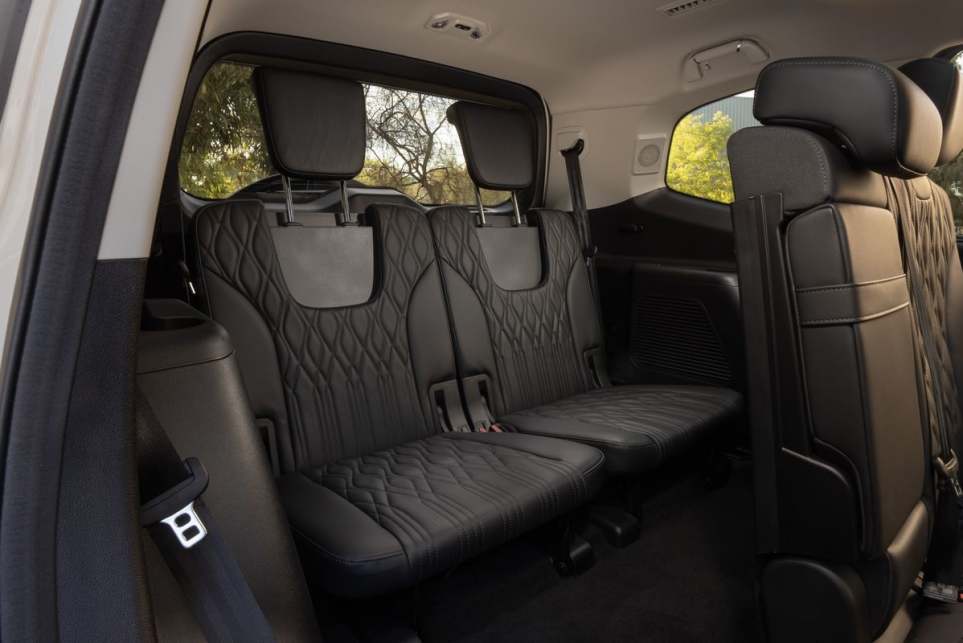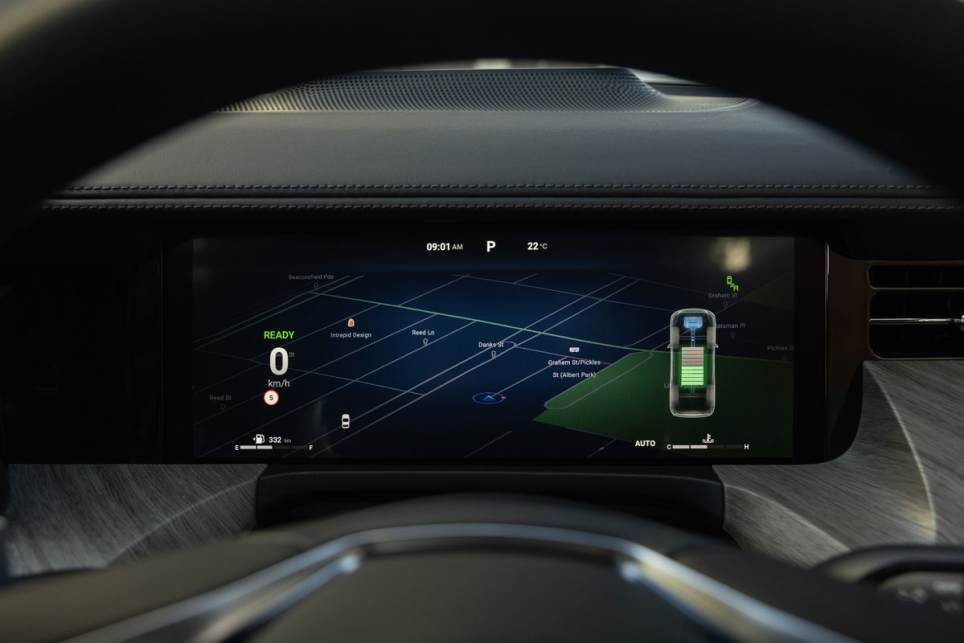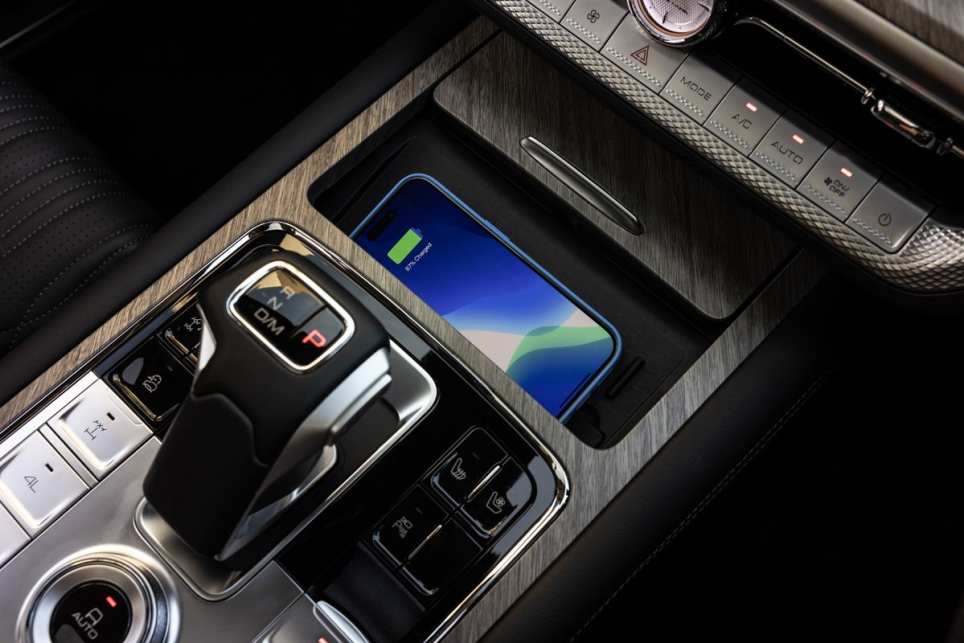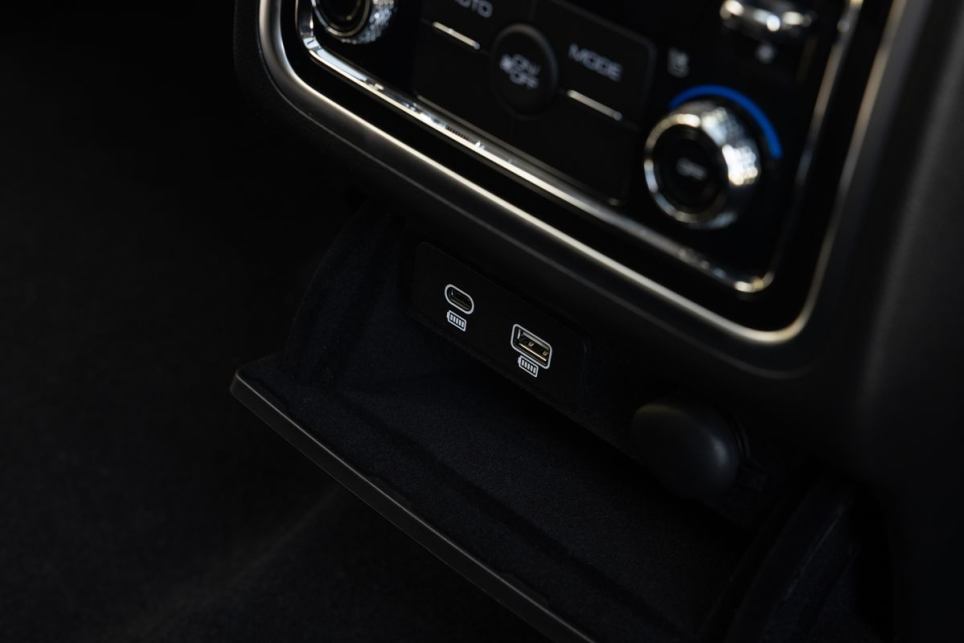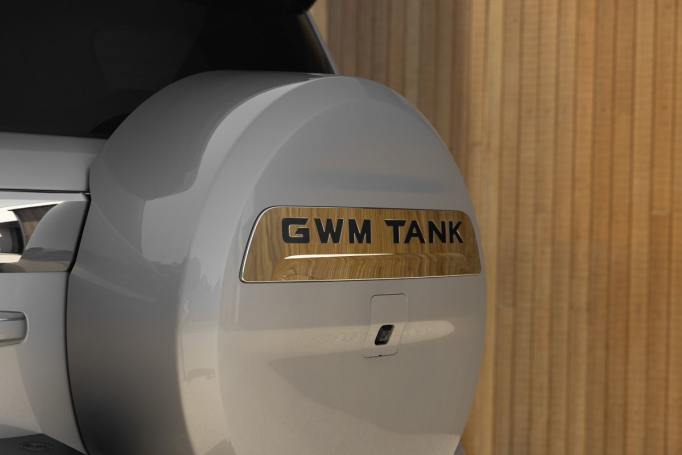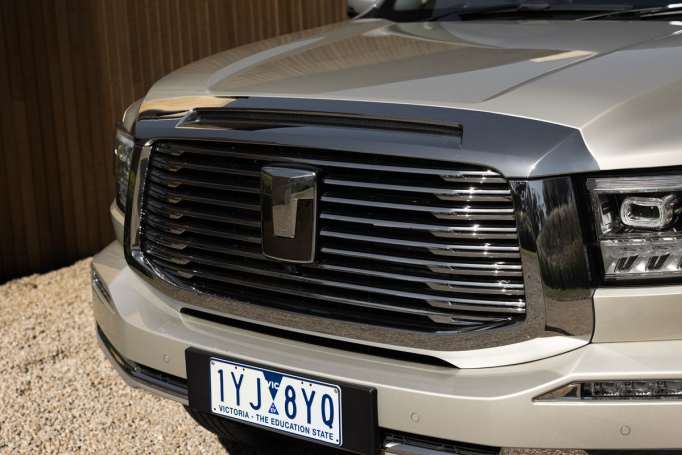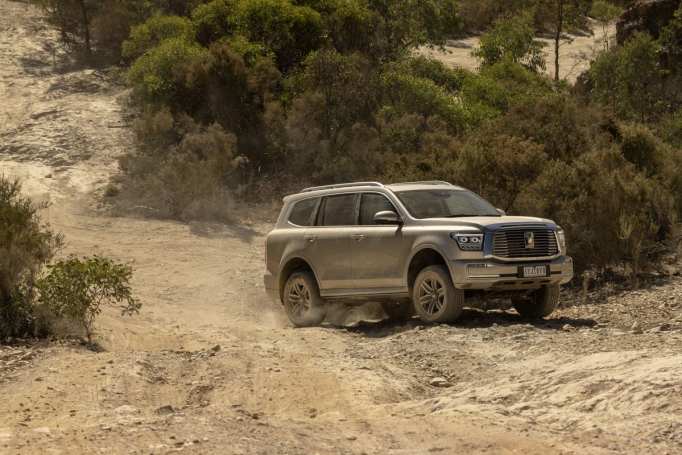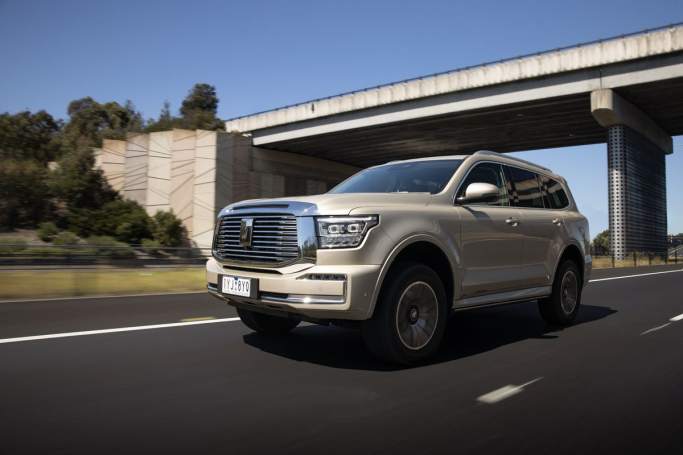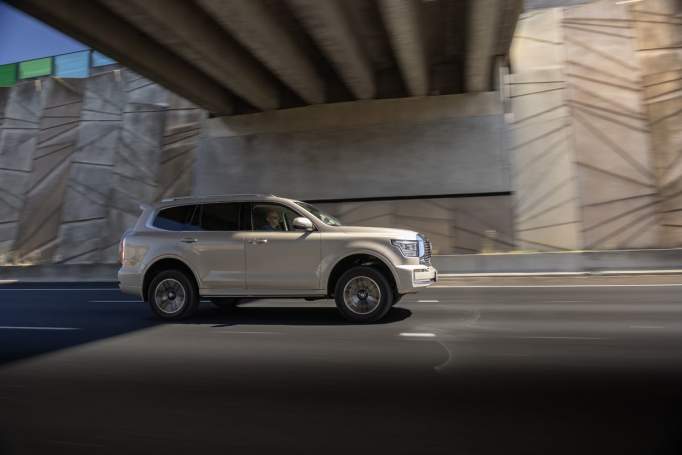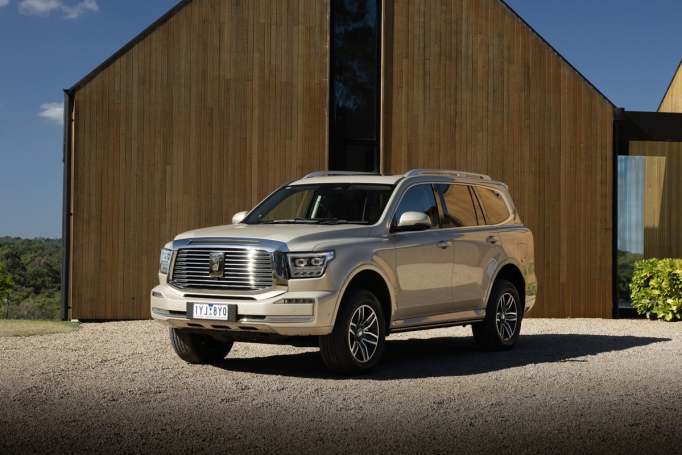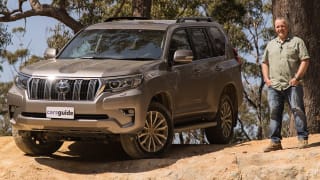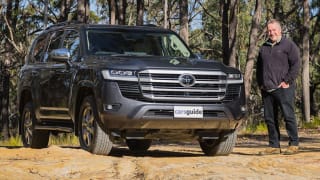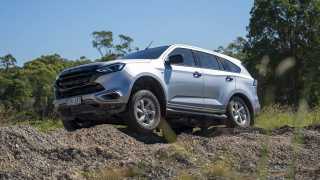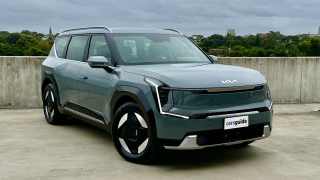Before we get underway, let’s get GWM’s varying brand strategies sorted out.
Great Wall Motors – which is what GWM stands for – is the umbrella company, housing four brands: Haval urban SUVs, Ora EVs, Cannon utes and Tank 4x4s.
Like its Tank 300 kid brother released in early 2023, the full-sized, three-row Tank 500 is off-road focused.
There’s no denying the 500’s sensational pricing, especially when you also consider how much kit it comes with.
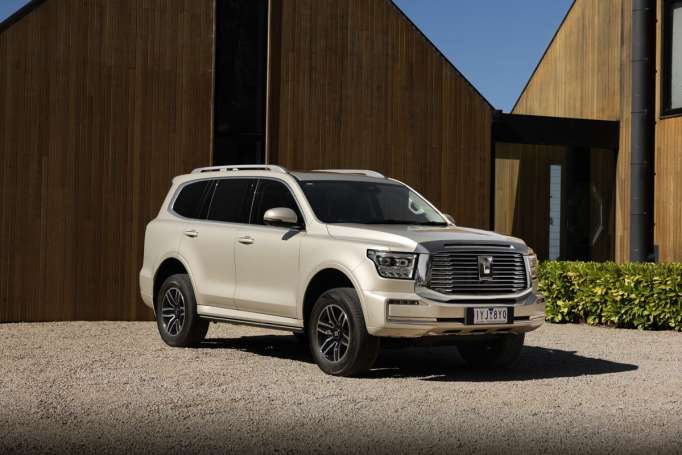
The base Lux kicks off from $66,490 driveaway, while the Ultra starts from $73,990 driveaway.
And, you know what? It’s not as if the Lux is lacking in anything, with auto-levelling LED headlights, adaptive cruise control, a sunroof, side steps, powered and heated front seats, a 360-degree view camera set-up, an electric rear diff lock and a long list of safety items. More on those in the Safety section below.
These, by the way, come on top of goodies like rear privacy glass, leather-like (vinyl) upholstery, wireless Apple CarPlay and Android Auto, a 12.3-inch digital instrumentation cluster, auto parking with reverse assist, and front and rear parking sensors. And all in a base grade.
Stepping up to Ultra bins fake leather for Nappa trim and adds items such as a panoramic sunroof, retractable side steps, a head-up display, vented and massaging front seats with memory, vented second-row seats, a powered third-row bench, 12-speaker premium audio, double-layered glass, noise-cancelling tech and a front diff lock, ambient lighting, back window sun shades and puddle lamps.

Except for the missing powered tailgates in either (a curious omission), it’s difficult to think of much else you might want or need.
And, of course, there’s the hybrid system, which at the time of publishing makes the Tank 500 a unique proposition against three-row off-roader opponents like the existing Prado and Patrol.
In time, others will come obviously, but for now, GWM owns this space – yet does so without seemingly greedy pricing.
In this section at least, this is a rare 10/10 from us, Tank!




